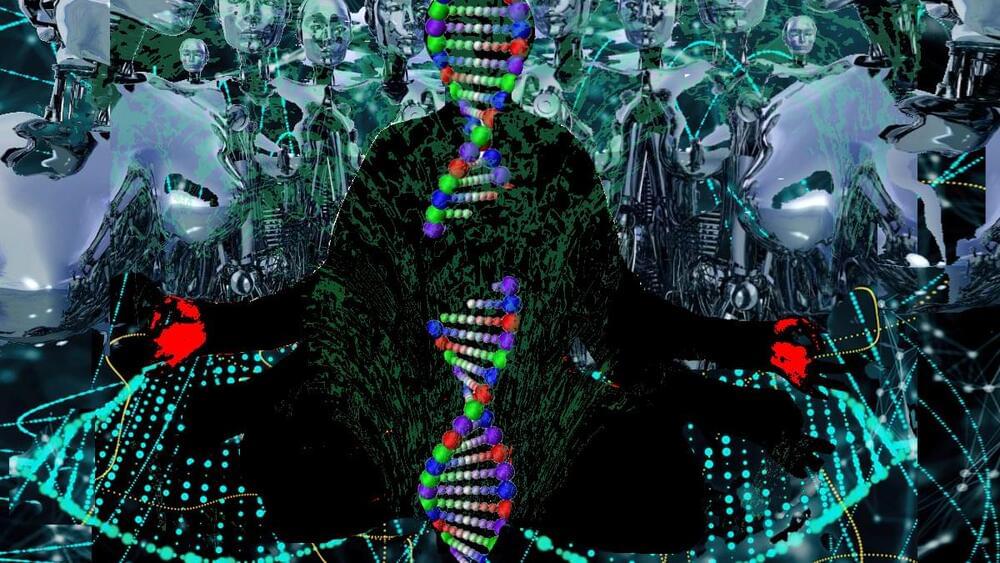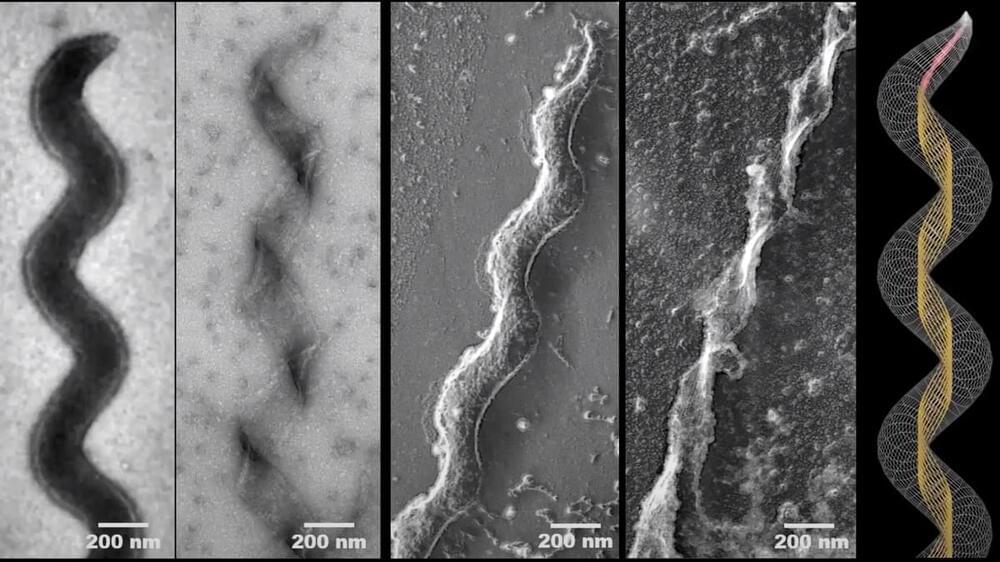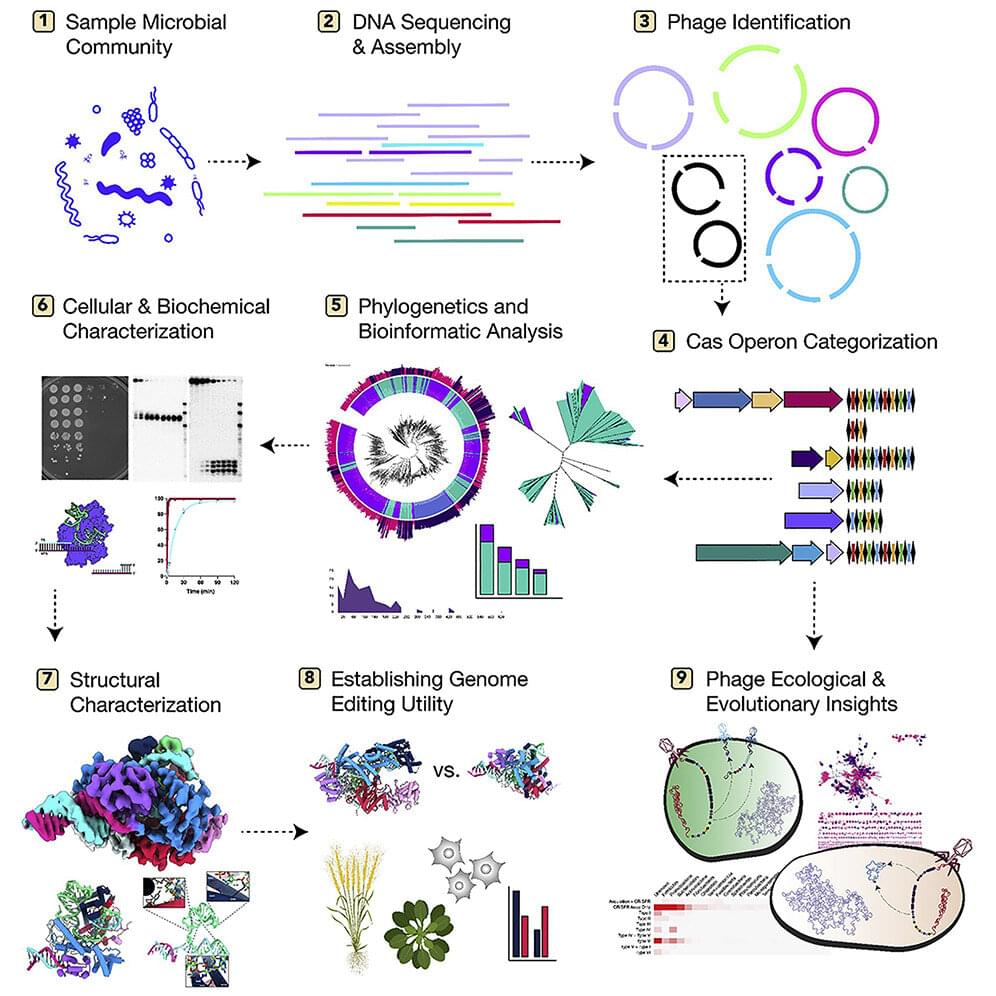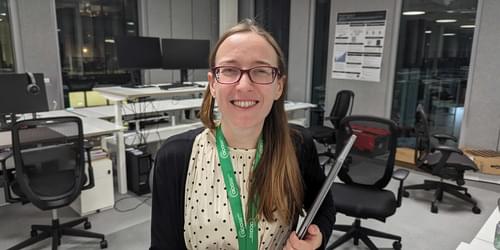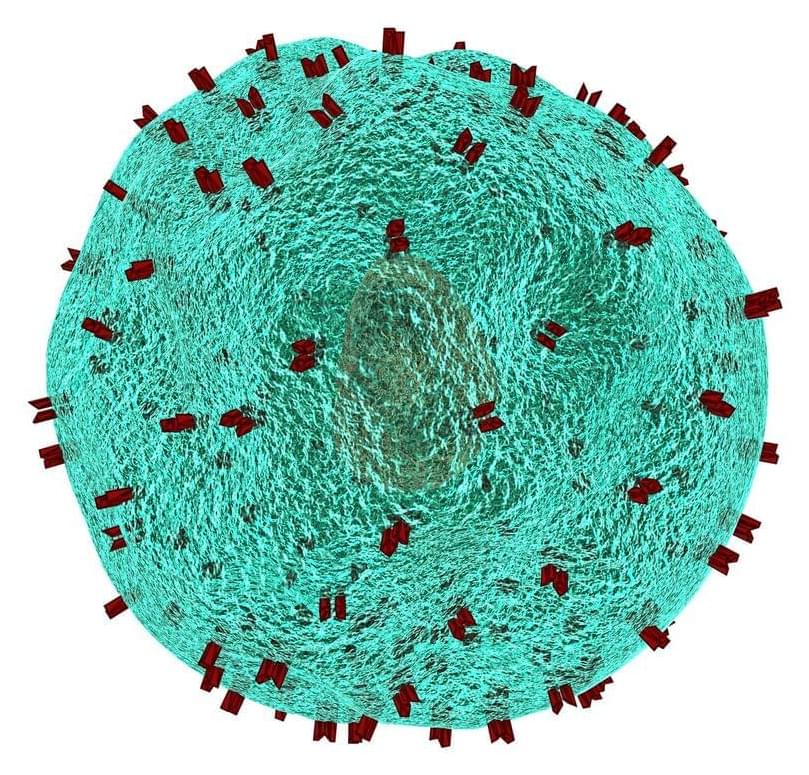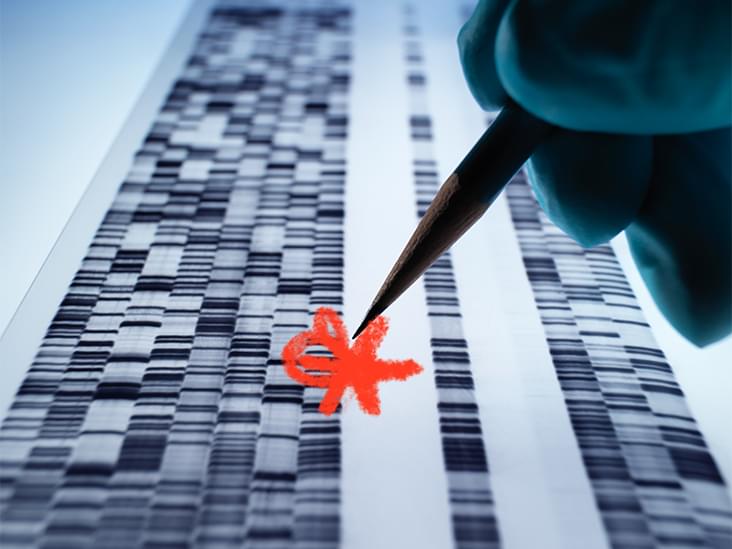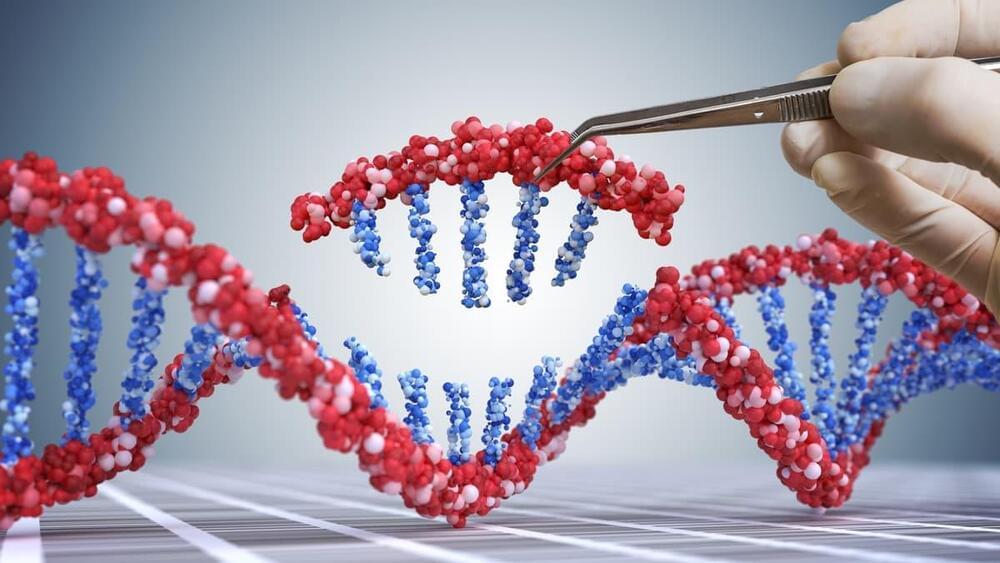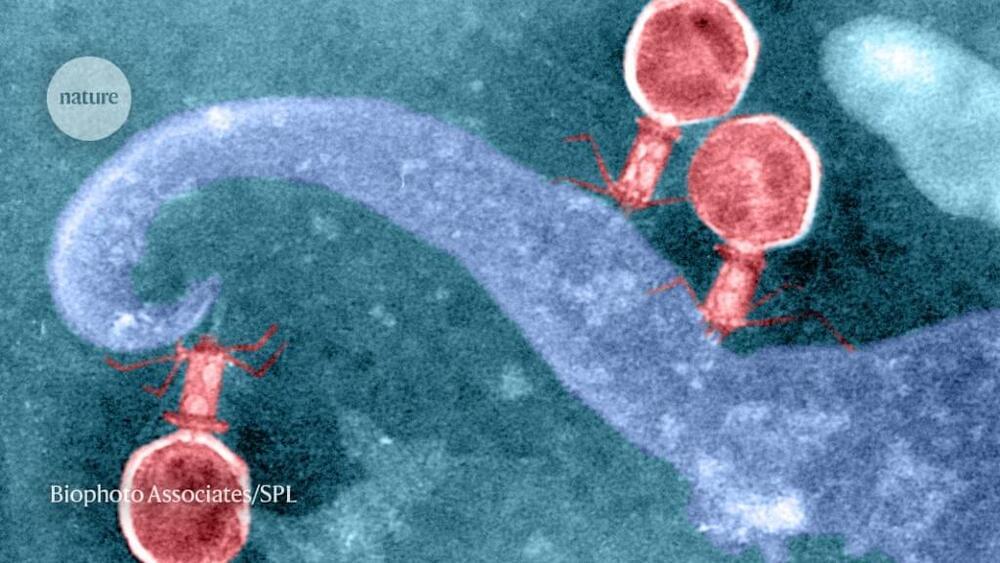Dec 1, 2022
The Formula of Immortality
Posted by Kelvin Dafiaghor in categories: bioengineering, biotech/medical, genetics, life extension
Dreaming about Immortality has a long history, almost as long as the failed quests to achieve it. And during all these years and years, the solutions for achieving immortality can fall in several categories. The first is to take some kind of “magic pill” – be it the fountain of youth, the elixir of life, the holy grail, till modern medicine of genetic engineering. After the magic “pills” proved to be a failure, the second attempt was through more creative endeavours, such as building a monastery, a temple, making a sculpture or painting, till nowadays when we talk about digital immortality and I guess soon about virtual immortality. And, of course, there were always the “party-spoilers”, the ones asking: why to be Immortal?
Humanity has changed in many ways, but the hope of the dream of Immortality remained and generation after generation, trying to find it in different ways or forms. So, keep with us as we travel alongside the deepest human dream, to see all (the failed) trials.
